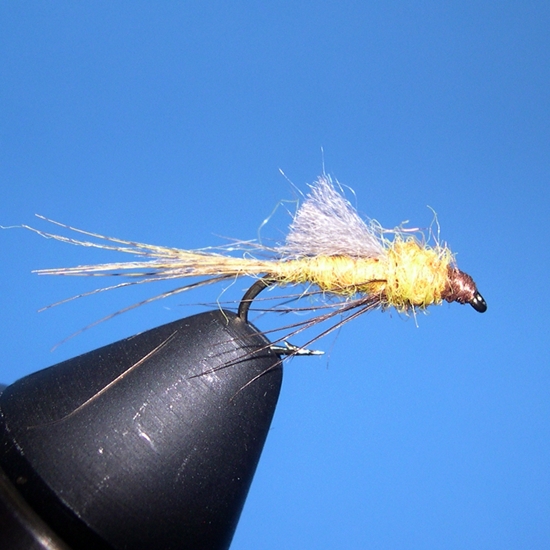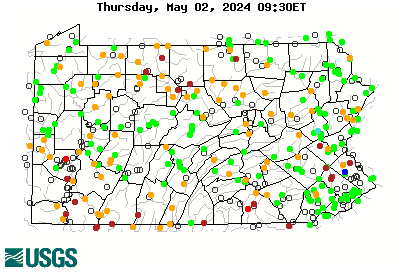ezpickins
Member
- Joined
- Apr 12, 2007
- Messages
- 215
Spring Creek and Sulphur patterns have come up several times recently on various parts of the PAFF forums -so I just though I'd share my favorite sulphur pattern - I call it Rich's Sulphur Emerger. It's simple but it has been effective for me.Get the recipe at HERE . I'd love to see what Sulphur Patterns you other folks have had luck with. I generally fish this as a dropper - about 18-24" behind a parachute or comparadun.









